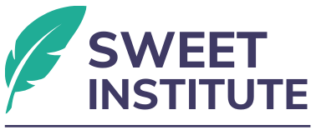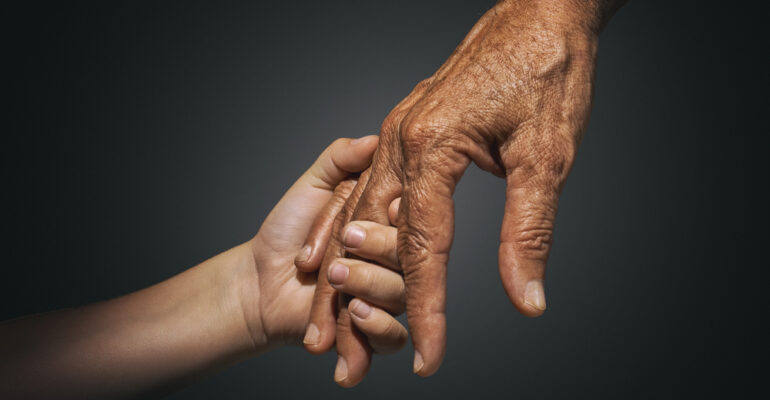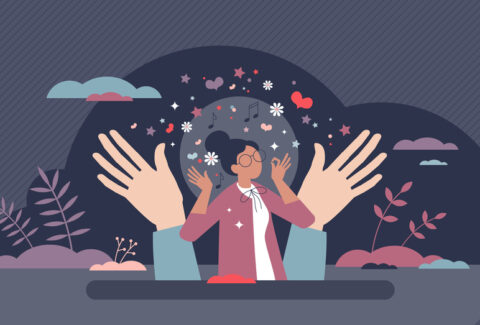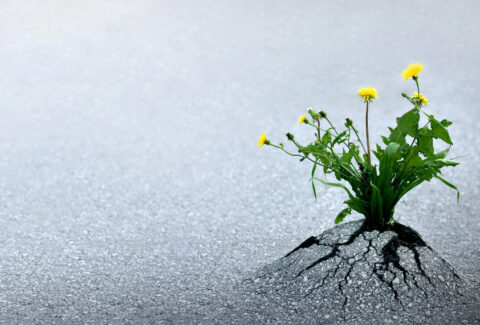Healing Across Generations — Breaking the Cycle of Internalized Oppression
The Legacy We Carry
Internalized oppression does not begin with us. It is woven into history, passed down through stories told and untold, through family silences, through inherited fears, and through subtle and overt social conditioning. Epigenetic research now demonstrates that trauma can alter gene expression across generations, meaning that the pain of oppression is not only remembered psychologically but also encoded biologically (Yehuda & Lehrner, 2018).
For communities who have endured slavery, colonization, displacement, and systemic exclusion, the inner dialogue of “not good enough,” “stay small,” or “don’t stand out” often has roots in survival strategies of past generations. What was once adaptive—staying silent to stay safe, becomes maladaptive in new contexts where voice and visibility are essential for healing and liberation.
The Intergenerational Dialogue
When people speak words of self-doubt, shame, or fear of taking space, they may unknowingly be repeating the voices of ancestors who lived under oppressive structures. These voices, though rooted in protection, can perpetuate cycles of silence, self-limitation, and disempowerment.
Narrative therapy teaches us that by recognizing these “inherited stories,” individuals and communities can re-author their lives. Healing, then, is not only personal but collective, and each person who shifts the story contributes to breaking an intergenerational cycle of internalized oppression.
Science Meets Story
- Epigenetics: Trauma alters gene expression, and resilience can too. Research shows that healing practices such as mindfulness, social connection, and positive environments can restore healthy patterns (McEwen, 2017).
- Attachment and Development: Intergenerational trauma often manifests in insecure attachment styles that mirror distrust, abandonment fears, or hypervigilance. Recognizing these patterns helps families and communities break the chain (Schore, 2001).
- Neuroplasticity: The brain changes through experience. As individuals challenge internalized narratives and replace them with affirming truths, new neural pathways form, reinforcing freedom rather than oppression (Doidge, 2007).
Pathways to Break the Cycle
- Naming the Inherited Story: Begin by identifying phrases or beliefs that feel older than you—voices that may echo the struggles of parents, grandparents, or cultural history.
- Honoring Survival: Recognize that these beliefs once served a protective function. Gratitude for survival can coexist with the choice to no longer carry them forward.
- Re-Authoring the Narrative: Through therapy, journaling, and collective healing spaces, reframe the inherited message into one of empowerment. Example: “Stay small to stay safe” becomes “I can stand tall and be safe.”
- Collective Healing: Healing circles, storytelling, and intergenerational dialogues allow communities to reweave dignity into the fabric of identity.
- Embodied Practices: Practices like breath awareness, mindfulness, and movement restore the nervous system and teach the body that freedom, not fear, can be the baseline.
A New Inheritance
Every generation has a choice: to pass down the wounds of oppression or the wisdom of healing. By facing the hidden enemy within and rewriting the inherited script, we can ensure that the next generation inherits freedom, strength, and dignity.
This is not just personal work; rather, it is historical repair. It is legacy transformation, and the sacred act of breaking chains not just for oneself, but for those who came before and those yet to come.
References
- Doidge, N. (2007). The Brain That Changes Itself. Viking.
- McEwen, B. S. (2017). Neurobiological and systemic effects of chronic stress. Nature Neuroscience, 18(10), 1353–1363.
- Schore, A. N. (2001). Effects of a secure attachment relationship on right brain development. Infant Mental Health Journal, 22(1-2), 7–66.
- Yehuda, R., & Lehrner, A. (2018). Intergenerational transmission of trauma effects: Putative role of epigenetic mechanisms. World Psychiatry, 17(3), 243–257.
Download the scholarly version of this article by clicking HERE









